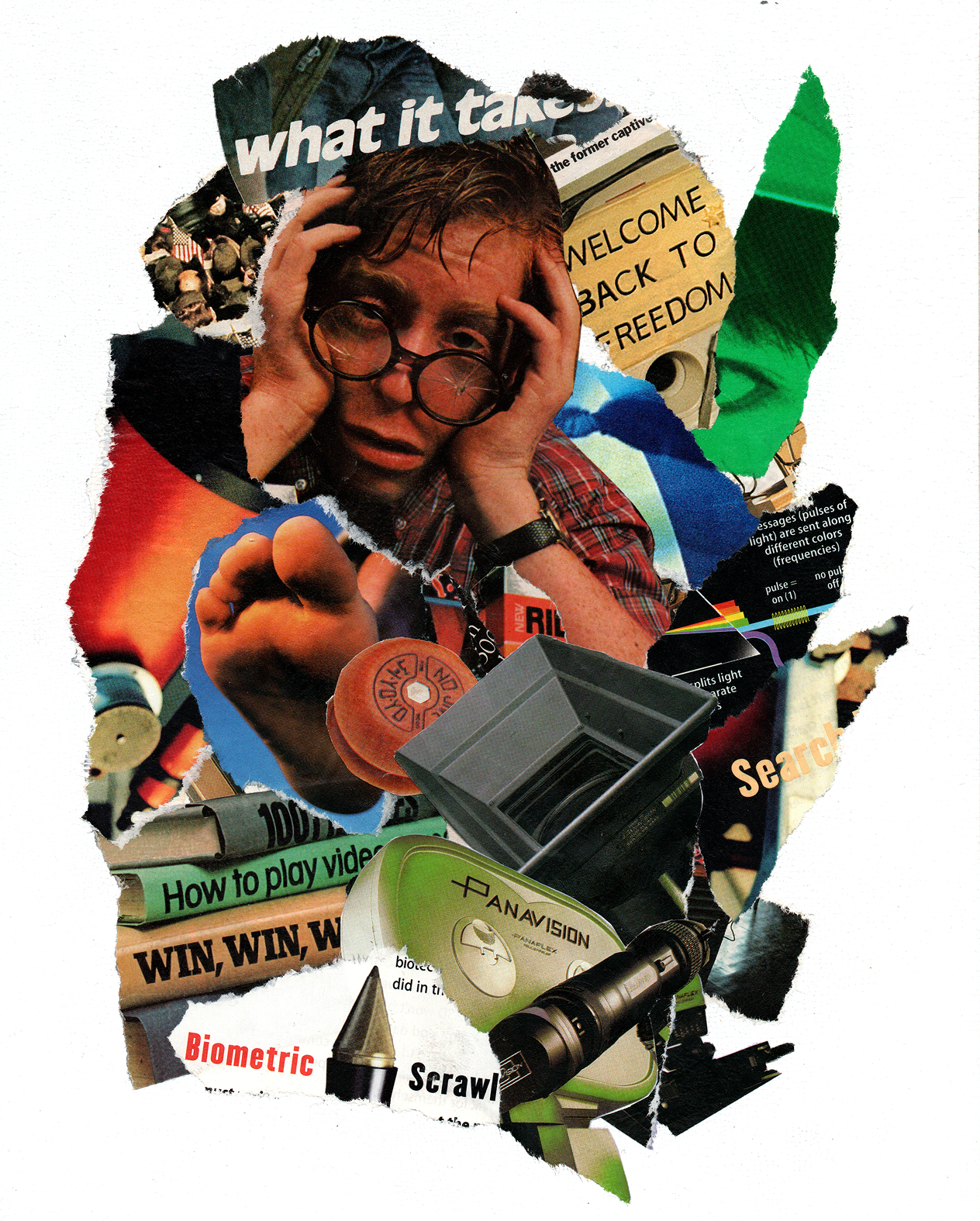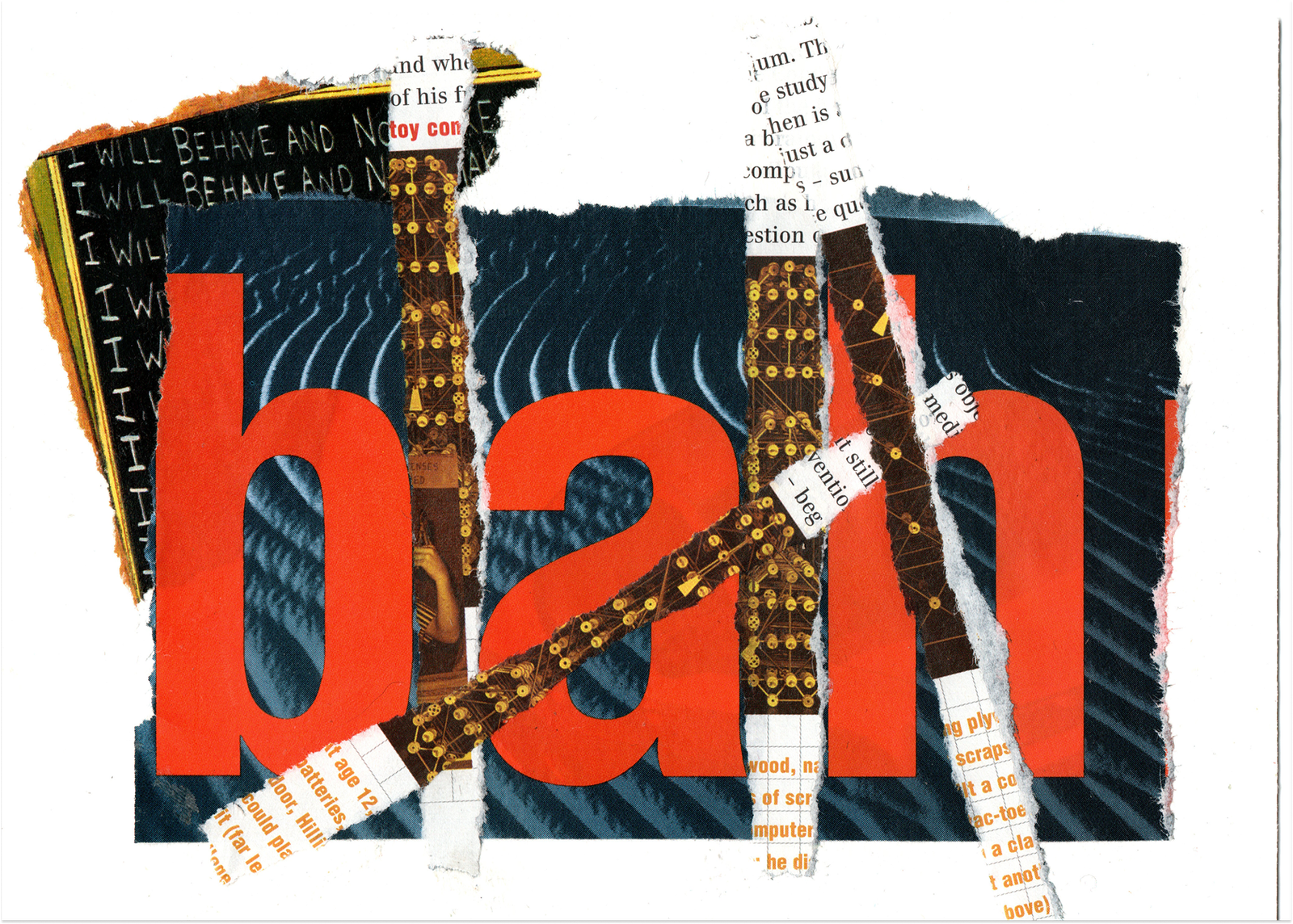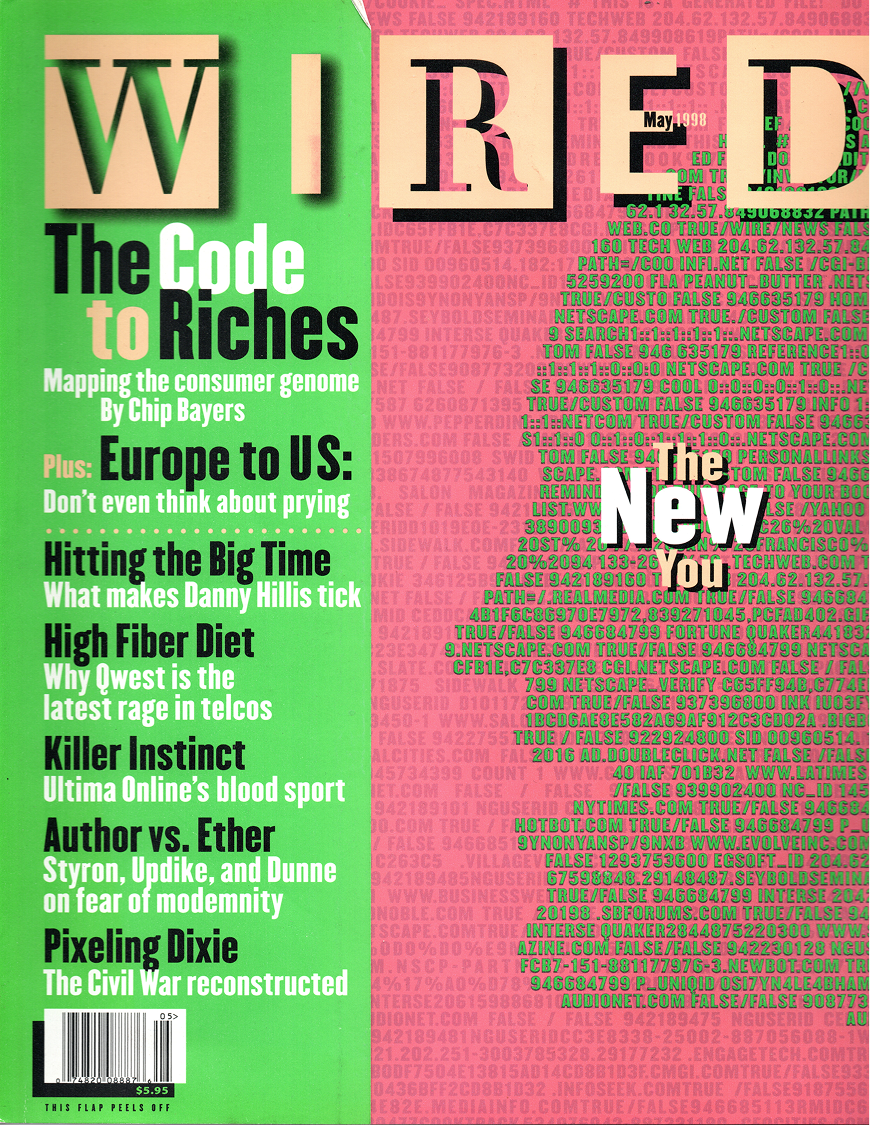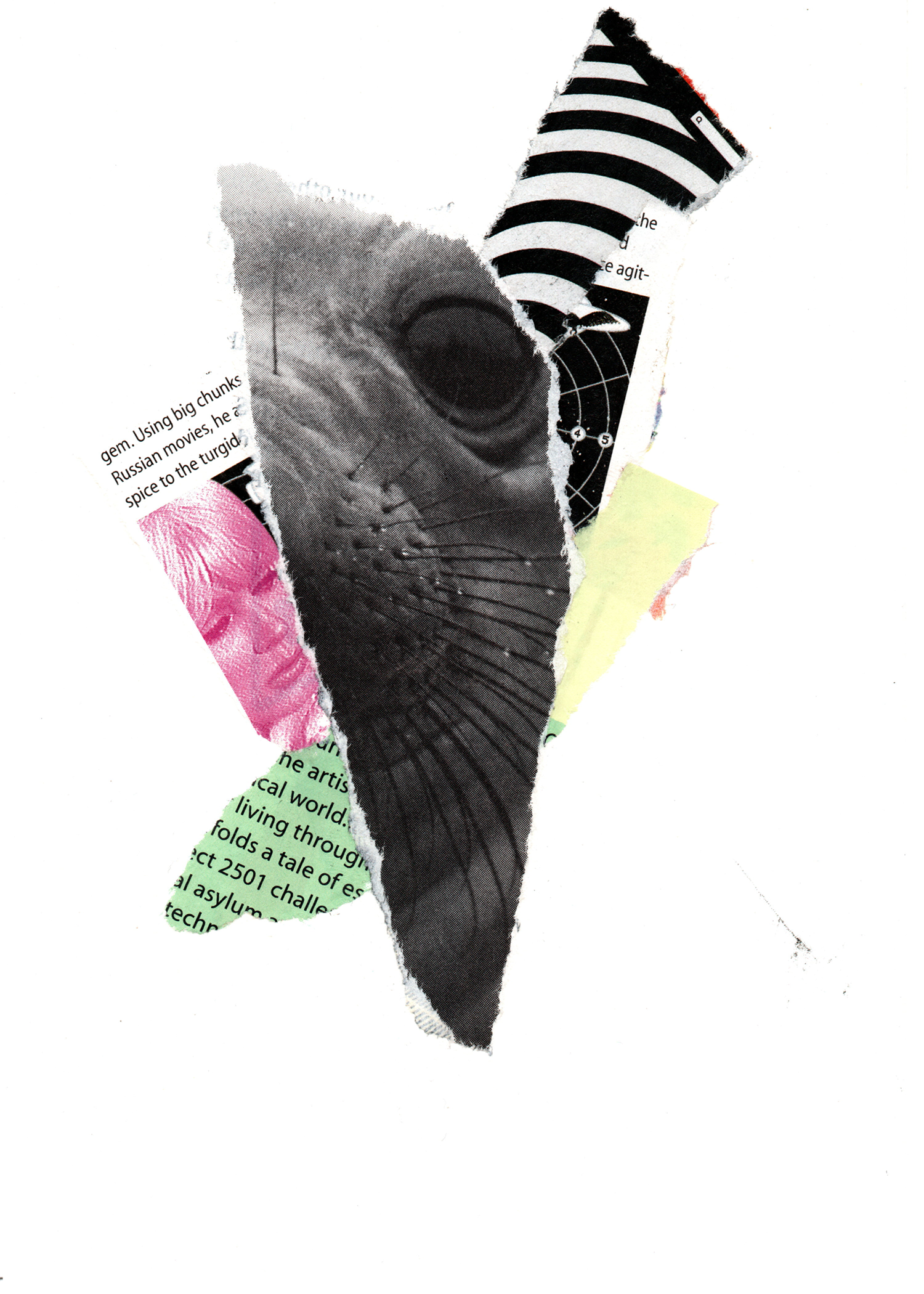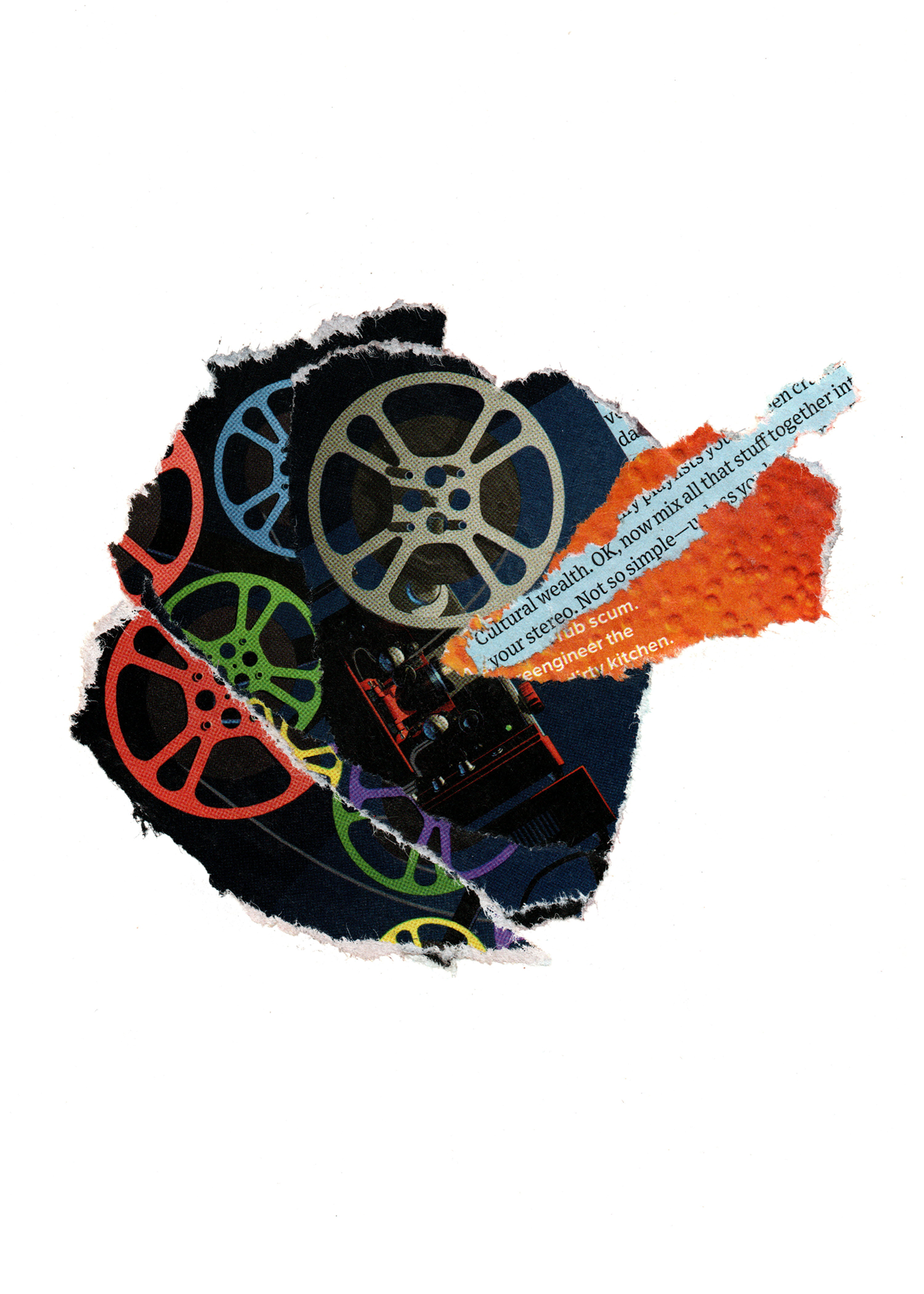Bleeding Edge and the truth in margins and fragments
On the 24th anniversary of a catastrophe that brought only more catastrophe
I've been reading Thomas Pynchon's Bleeding Edge because I'm a bit of a Pynchon fanboy and have never read it. But also, it's set in a similar moment—frothy tech valuations, fascistic American leadership (although yez, this is by degrees), etc.—the bursting of the so-called dot-com bubble up to and beyond 9/11.
Along the way, a wonderfully prescient character, on the clearest way of viewing anything, but much more the sort of massive event that was 24 years ago.
"Check this out." March hands over a dollar bill, around the margins of whose obverse somebody has written in ballpoint, "World Trade Center was destroyed by CIA-Bush Senior's CIA is making Bush Jr. Prez for life & a hero." "I got this in change at the corner grocery this morning That's well within a week of the attack. Call it what you like, but a historical document whatever." Maxine recalls that Heidi has a collection of decorated dollar bills, which she regards as the public toilet wall of the U.S. monetary system, carrying jokes, insults, slogans, phone numbers, George Washington in blackface, strange hats, Afros and dreadlocks and Marge Simpson hair, lit joints in his mouth, and speech-balloon remarks ranging from witty to stupid.
"No matter how the official narrative of this turns out," it seemed to Heidi, "these are the places we should be looking, not in newspapers or television but at the margins, graffiti, uncontrolled utterances, bad dreamers who sleep in public and scream in their sleep."
en.wikipedia.org
Bleeding Edge (novel) - Wikipedia
